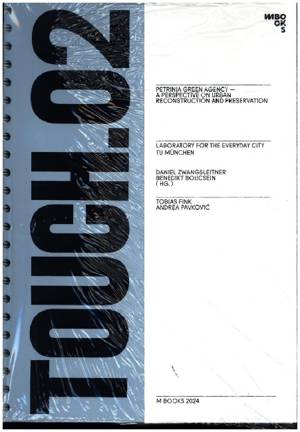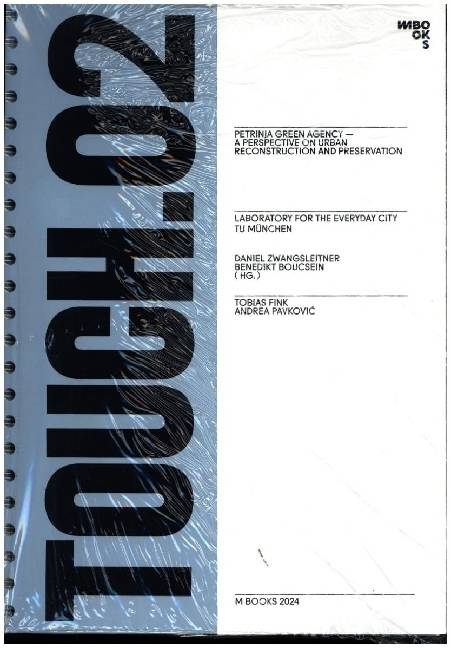
- Afhalen na 1 uur in een winkel met voorraad
- Gratis thuislevering in België vanaf € 30
- Ruim aanbod met 7 miljoen producten
- Afhalen na 1 uur in een winkel met voorraad
- Gratis thuislevering in België vanaf € 30
- Ruim aanbod met 7 miljoen producten
Zoeken
€ 19,95
+ 39 punten
Omschrijving
"Petrinja Green Agency" is an urban research and design project for the city of Petrinja that was heavily destroyed by the December 2020 earthquake in the Sisak-Moslavina County in Croatia. It seeks to develop a different perspective on the city to ensure a systemic approach to its reconstruction. Not focusing only on rebuilding individual houses or considering the city as a closed-off construction site, but searching for available spaces that could help maintain public life during this long reconstruction process. Through urban research, analysis, and documentation on-site, as well as conversations with various stakeholders, the authors established an overview of this exceptional situation. By reading the city in a different, non-traditional way, they propose a long-term expansion and interconnection of its green space structure and thus the formation of a green network. In three case studies, they investigate options for new approaches to green spaces and wastelands as well as the revitalization of public spaces through the use of existing resources by means of specific urban design and architectural measures to create liveable public spaces with simple means even during the process of reconstruction.
Specificaties
Betrokkenen
- Auteur(s):
- Uitgeverij:
Inhoud
- Aantal bladzijden:
- 120
- Taal:
- Engels
- Reeks:
- Reeksnummer:
- nr. 2
Eigenschappen
- Productcode (EAN):
- 9783944425283
- Verschijningsdatum:
- 31/07/2024
- Uitvoering:
- Boek
- Afmetingen:
- 220 mm x 11 mm
- Gewicht:
- 494 g

Alleen bij Standaard Boekhandel
+ 39 punten op je klantenkaart van Standaard Boekhandel
Beoordelingen
We publiceren alleen reviews die voldoen aan de voorwaarden voor reviews. Bekijk onze voorwaarden voor reviews.











